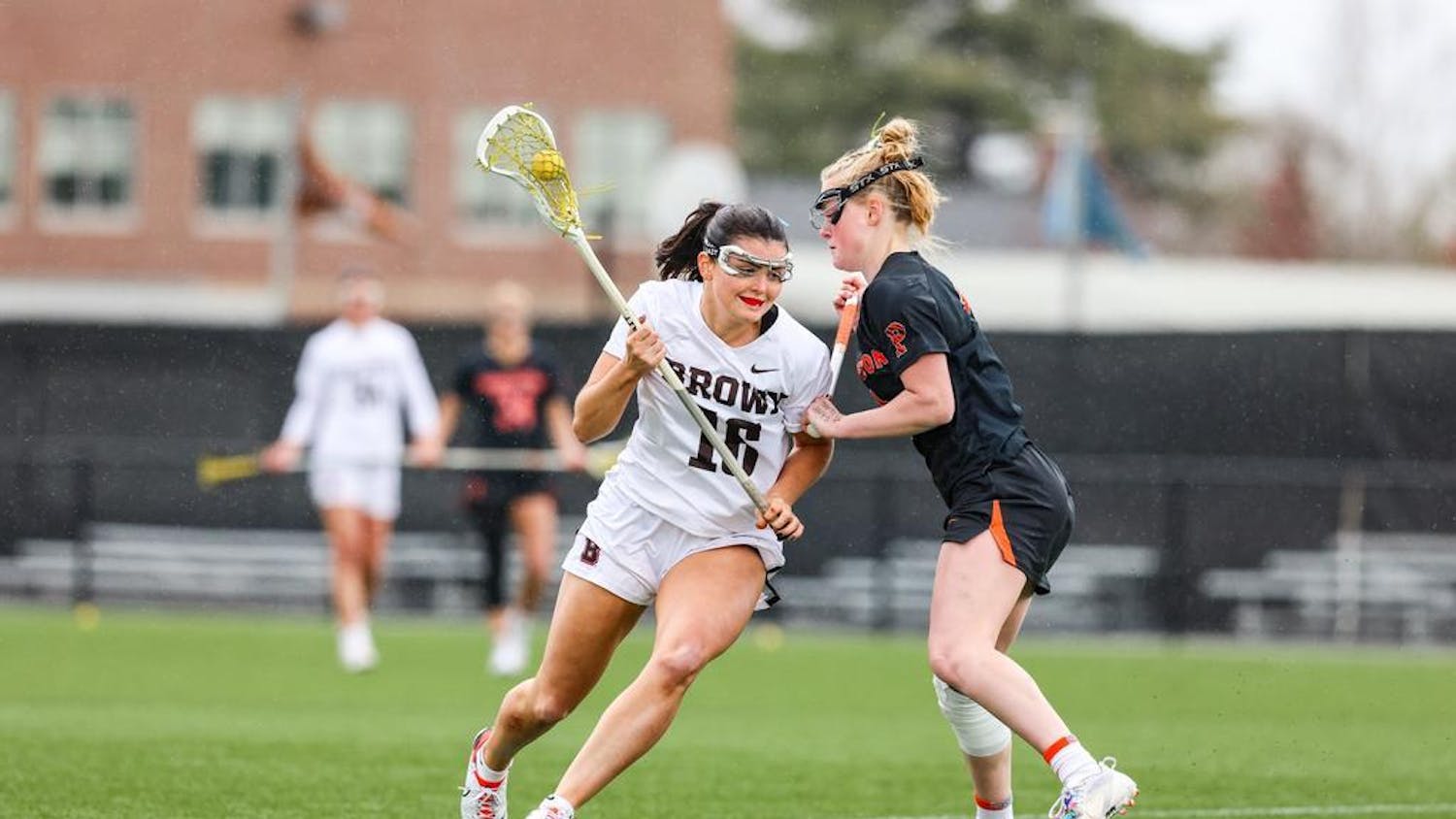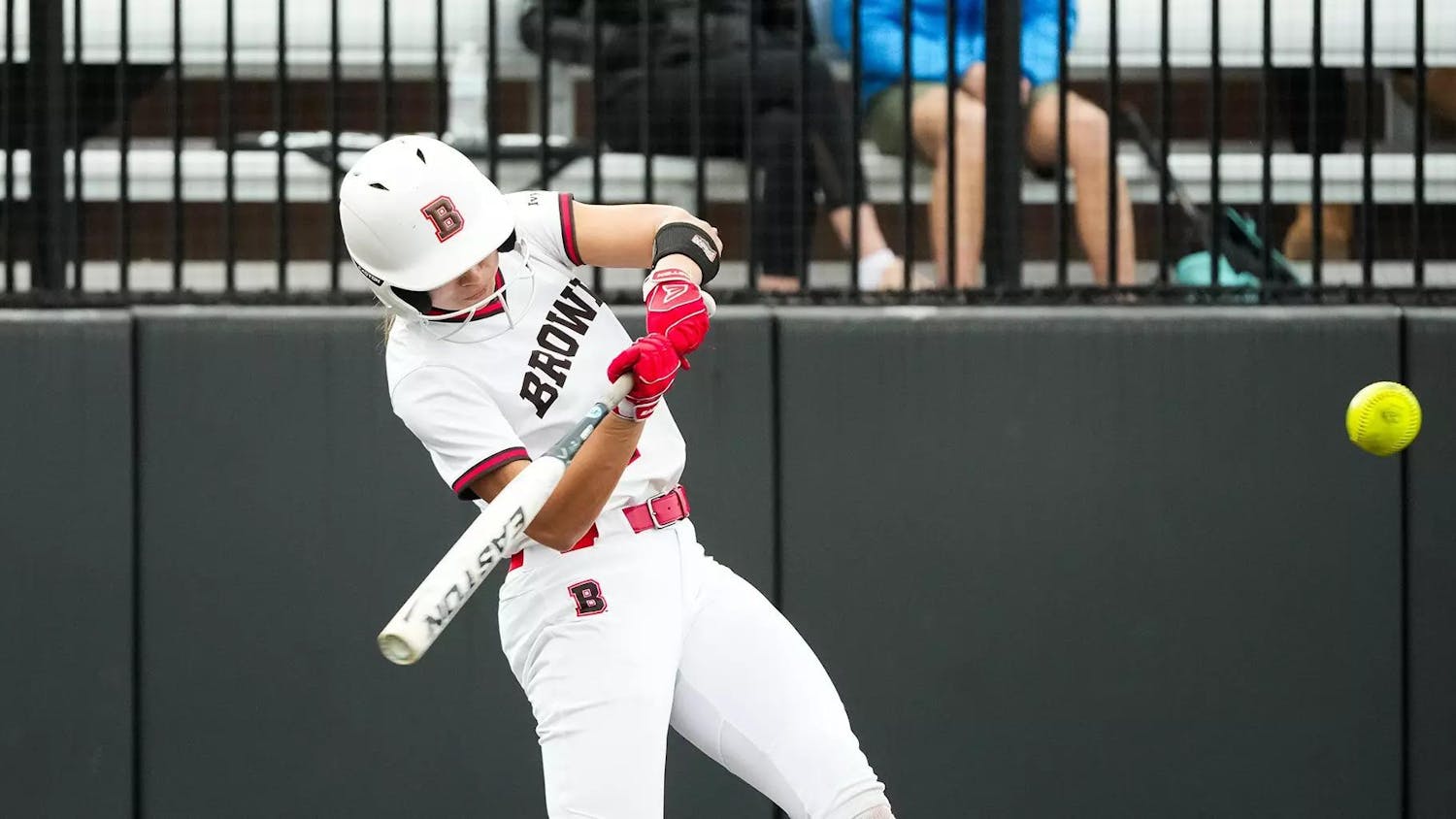If you know me, you know I’ve been no fan of many of Major League Baseball’s proposed pace-of-play initiatives over the years. Many of the changes suggested even recently, like banning defensive shifts, limiting pitching changes or instituting a pitch clock, would be harmful either to the players or to the game itself. Some ideas — such as automatically placing runners on second base in extra innings, or, as is reportedly being “whispered” by some MLB officials, allowing losing teams to disregard their batting orders in the ninth inning — are so clearly inane that they don’t merit serious consideration. But earlier this week, MLB announced its pace-of-play changes for the 2018 season, and somehow, they didn’t screw it up. In fact, they did a pretty good job.
Right off the bat, there’s a caveat that needs to be mentioned: Some people, myself included, don’t think that pace of play is actually a problem. MLB games have lasted around three hours since I’ve been watching them, and I’ve never had a problem with it. To some, this means that any action on the issue is misguided — if it ain’t broke, don’t fix it. But even though I understand this group’s point, I don’t wholly agree with it. Pace of play isn’t something I’m worried about, but even so, MLB’s recently announced rule changes are far from the worst thing in the world.
MLB’s announced rule changes have two major components: limiting mound visits and quickening the time between innings. The changes are relatively straightforward. Each team is allowed six mound visits without a pitching change per game, and pitchers must now deliver their first pitch of an inning within five seconds of the 2:05 countdown reaching zero.
Even these small changes have elicited some criticism. It’s awfully hard to complain about shortening the time between innings, but I have seen some anger that pitcher-catcher conferences will be limited. But as much of a baseball purist as I am, I can’t get too worked up about this. For one, six non-pitching change mound visits is a lot. The definition of “mound visit” has been expanded to include trips to the mound by position players, but still, it’s not often that you see more than six non-pitching change mound visits in a game.
And anyway, even if mound visits were much more limited, it’s just about the smallest change you can imagine. If MLB decided to allow only two non-pitching change mound visits per game, baseball would be almost entirely unchanged. This rule change is the rare example of a pace-of-play rule that works exactly as such rules should. It allows the game to continue completely uninterrupted while eliminating the clearly gratuitous sources of delay: multiple conferences with the entire infield, talks with the catcher after every other pitch, etc. In fact, the various exceptions to this rule — for pitcher injury, sign cross-ups and the like — could make for interesting stories in their own right, as crafty catchers will be forced to concoct convincing rationales for extra mound visits and deliver them to home plate umpires.
Improving the transition between innings is likewise minimally invasive: It eliminates unnecessary delays while not changing the way the game is played at all. No one advocates for longer commercials, and it’s hard to argue that long breaks between innings are part of baseball’s heritage or somehow essential to the game’s integrity. This, again, is exactly the kind of rule change we need. If effective, it will speed up the game without changing gameplay, and if ineffective, it doesn’t have any serious potential downsides.
Of course, MLB probably plans to go further than this eventually. Commissioner Rob Manfred’s desire to implement a pitch clock might be the worst-kept secret in baseball, and some of his rhetoric on the issue of pace-of-play has been downright alarming. My support for the current rule changes does not mean that I will accept relief pitcher limits and pitch clocks a year from now; I will continue to staunchly oppose any proposed rule that alters the way the game is played or subjects players to increased risk of injury. Pace-of-play rules, if we must have them, should make the game faster, not different. We’ve played baseball the same way for more than a century, and there’s no reason to change it.
But for now, MLB has issued a common-sense, widely accepted set of new rules, and we should all be thankful for it. Whatever odious rule changes may come in the future, I’ll address them when they arrive. Let’s hope that games get faster this season, rendering further pace-of-play rules unnecessary — I’m hopeful, but not quite optimistic, that they will. Right now, we’ve got a full season of baseball ahead of us with no clocks, strange rules or automatic baserunners. Let’s savor that while we can and applaud MLB for letting it happen.
James Schapiro ’19 can be reached at james_schapiro@brown.edu. Please send responses to this opinion to letters@browndailyherald.com and other op-eds to opinions@browndailyherald.com.




